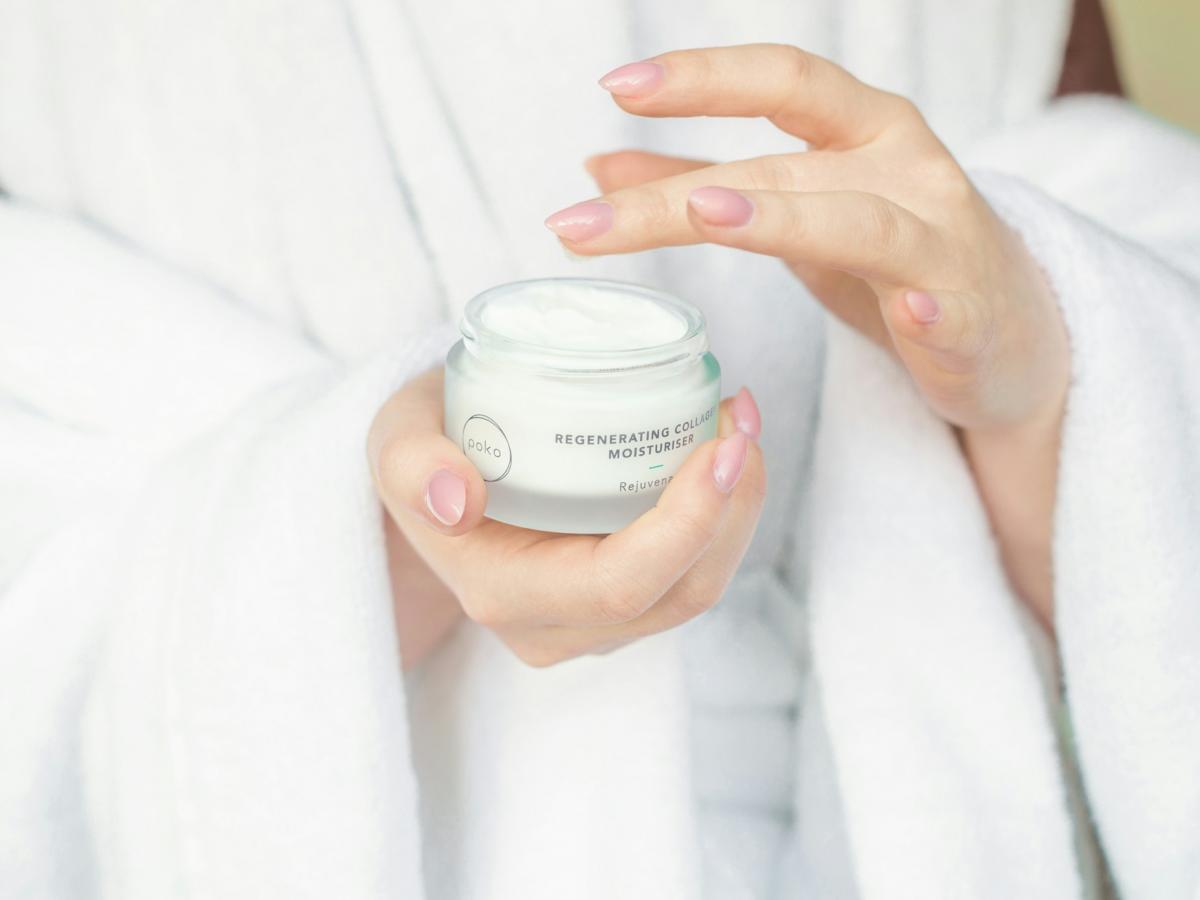Copyright pravda

Dermatologists say your hands can reveal your age faster than your face — and that’s why retinol-based hand creams are becoming an essential step in modern skincare. Retinoids, long known for their powerful anti-aging benefits in facial care, are now transforming hand care routines too. Retinol and Its Effect on the Skin of the Hands The skin on your hands ages faster than other parts of the body due to constant exposure to sun, wind, temperature changes, and frequent washing. While most people focus on their face, the hands often reveal the first visible signs of aging much earlier. As dermatologists explain, the hands, neck, and décolletage can betray age even faster than the face because the skin there is thinner and more vulnerable. That’s why hand creams with retinol are becoming an important part of anti-aging care. Retinol accelerates cell renewal and boosts collagen production, helping the skin become firmer, smoother, and more even in tone. How Retinol Helps the Skin on the Hands Reduces wrinkles: Retinol helps minimize fine lines and smooth the skin’s texture. Brightens pigmentation: This ingredient lightens dark spots that often appear with age. Strengthens skin structure: Retinol supports collagen synthesis, improving firmness and elasticity. How to Choose a Retinol Hand Cream For a retinol hand cream to deliver visible results, it should include not only retinoids but also hydrating and soothing ingredients to prevent dryness. The skin on the hands is thinner and more sensitive, so look for formulas enriched with moisturizing agents like hyaluronic acid, ceramides, or natural oils. Antioxidants are also valuable — they protect the skin from environmental stress and enhance the action of retinol. For sensitive skin, start with milder formulations containing a lower concentration of retinol. How to Use Retinol Hand Cream Correctly Dermatologists recommend applying retinol-based creams in the evening, when the skin is resting and less exposed to external factors. Massage the cream onto the backs of the hands and fingers, paying special attention to joints and the spaces between fingers. If you use a retinol cream in the morning, always follow with sunscreen (SPF 30 or higher), since retinoids increase the skin’s sensitivity to UV light. Possible Side Effects During the initial use of retinol creams, you may experience dryness, redness, or flaking — especially if applied too frequently or to irritated skin. Specialists advise starting with occasional use and gradually increasing frequency. If irritation persists, consider switching to a lower-concentration formula. For people with sensitive skin or those with cuts, cracks, or other damage, retinol may cause discomfort. It’s also essential to protect your hands from UV exposure during the day to prevent pigmentation. To avoid excessive dryness, pair your retinol cream with a nourishing hand moisturizer or use retinol in cycles.



